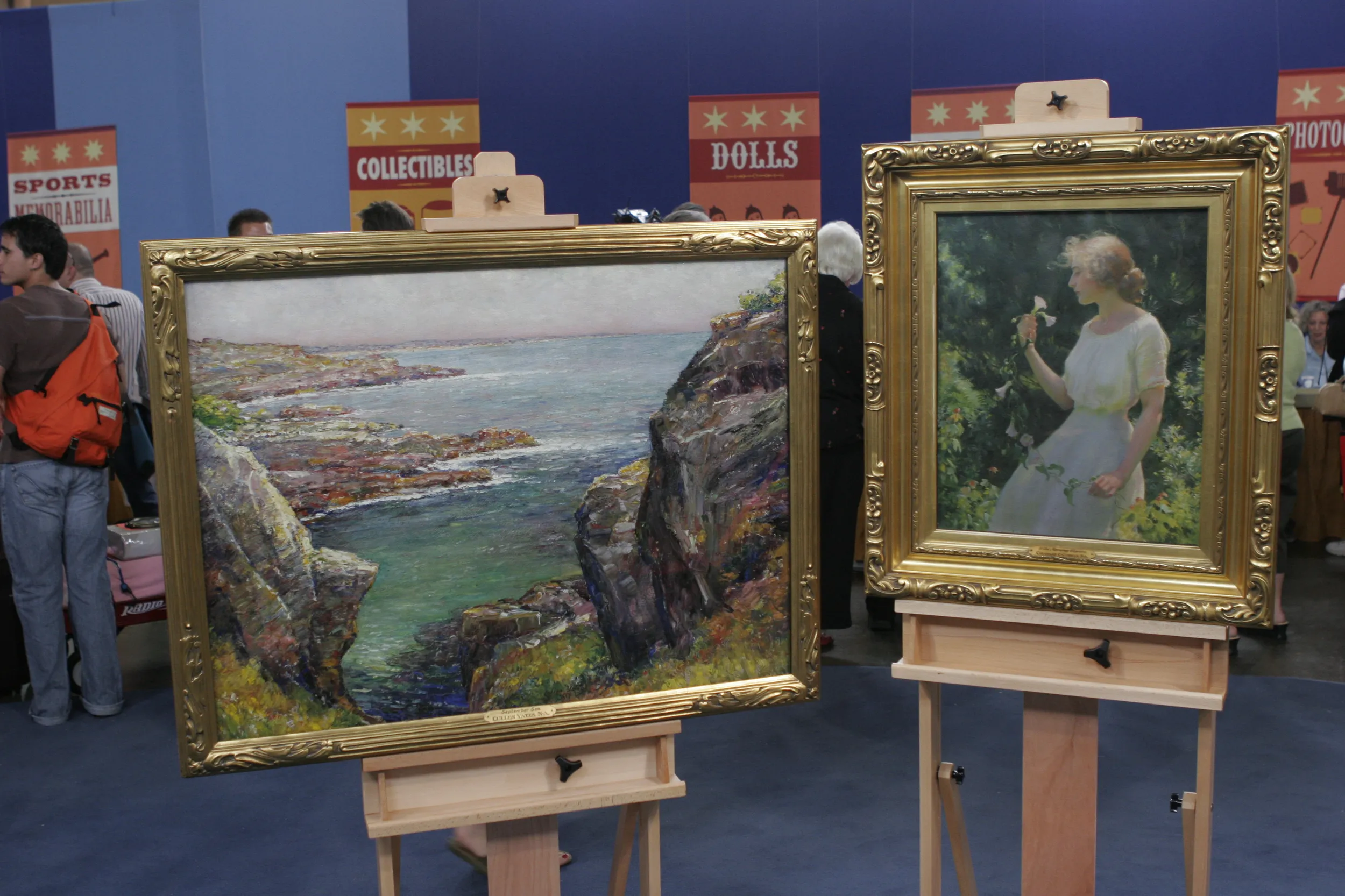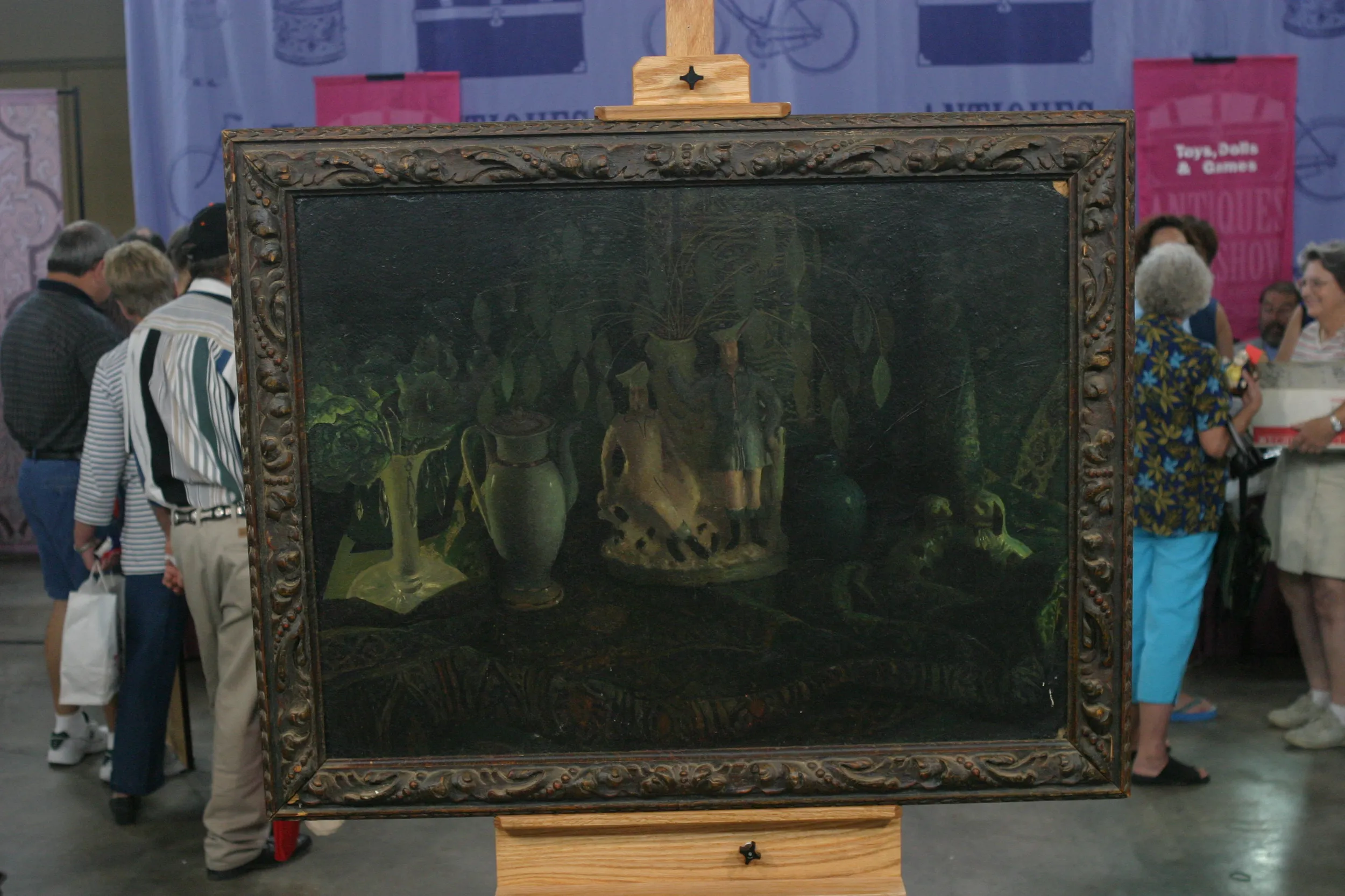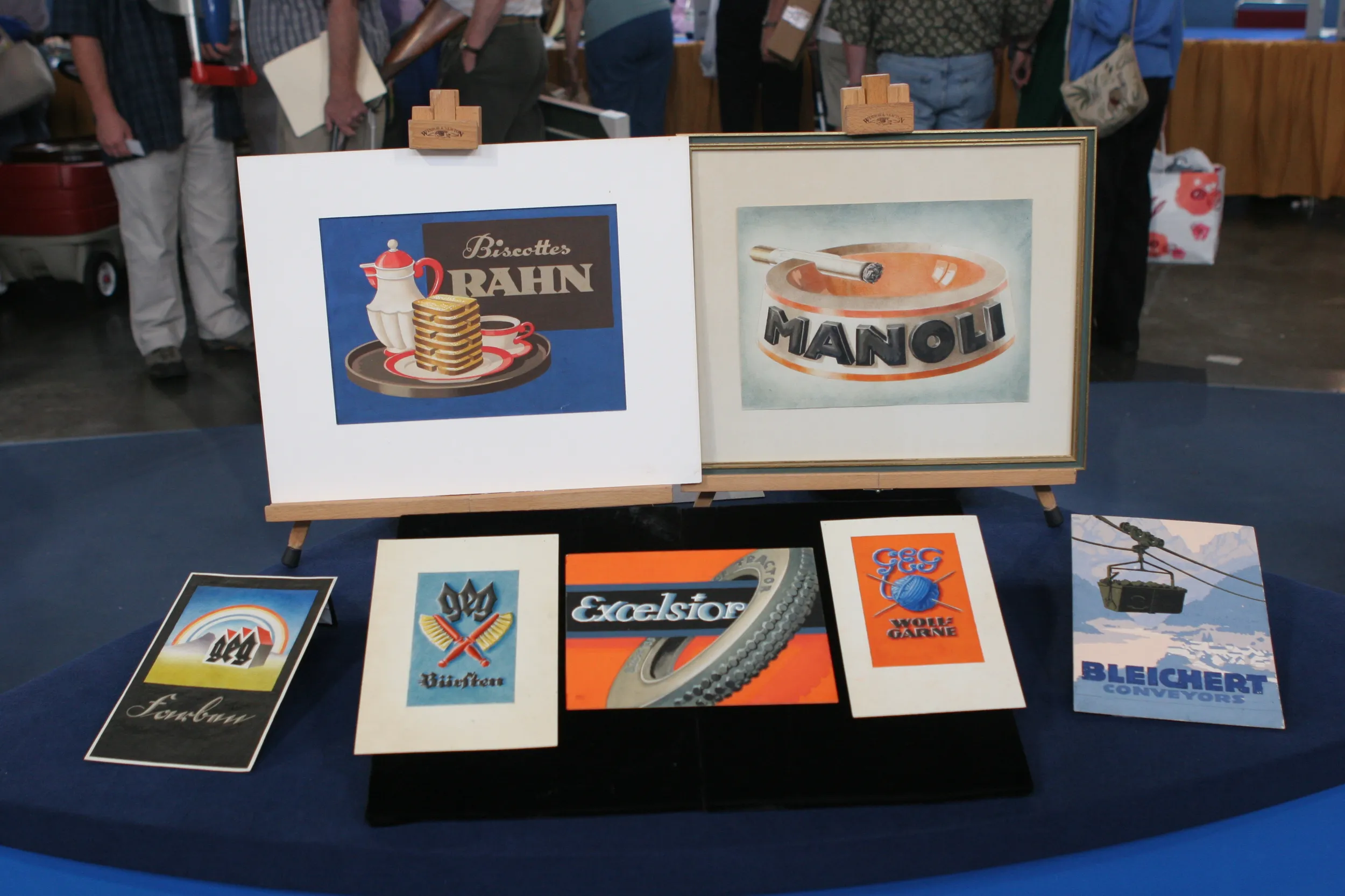GUEST: These scrolls came to our family after a relative died. We hadn't seen them before...
APPRAISER: Okay.
GUEST: But they were in the home, rolled up in a box, and so we were amazed to see what they were.
APPRAISER: Do you know who these people are?
GUEST: I don't, and that's one of the things that intrigues us, who are... They obviously are important people. We just thought they were so beautiful.
APPRAISER: Well, let me introduce you. This is Mr. Gu Chun Li, and this Madame Li.
GUEST: Ah-hah.
APPRAISER: And I know that because of the inscriptions here on the side. What I find very interesting is that these two ancestor portraits-- and they are ancestor portraits. I know this, because again, in the inscription, it says that they are both deceased.
GUEST: Ah, okay.
APPRAISER: So it makes it very clear. They bridge two dynasties in Chinese history, though. The gentleman closest to you is from the Qing Dynasty, and I can tell by the costume. Notice the Manchurian hat that he's wearing, the Manchurian robes with the dragon. He was a descendant of the imperial family, and again, the inscription tells me so. She is of the Ming Dynasty. And can you see up here, this first symbol?
GUEST: Yes.
APPRAISER: Ming Dynasty, an earlier generation than this gentleman here. These were painted around the same time. These probably date from the 1820s or so. There's a lot of good information in each of these inscriptions on the side, but it doesn't tell us who the artist is, unfortunately.
GUEST: I see.
APPRAISER: They're anonymous as far as authorship.
GUEST: Yes.
APPRAISER: Now, the Qings were Manchurian people, whereas the Ming aristocracy were Han Chinese.
GUEST: Okay.
APPRAISER: So it's an interesting mix of different cultural groups, let's say. So, again, there's some mixed ancestry, whoever these were made for. These lovely cranes, right here, which symbolize long life, they're feminine, they're usually seen on an empress or a female aristocrat's robe. They're kind of a softer counterpart to the dragon, which is more masculine...
GUEST: Yes, I see.
APPRAISER: And shown on the robe of the emperor and some of his descendants and courtiers. These are phoenix, up here, which are the true counterpart to the dragons.
GUEST: Ah.
APPRAISER: The phoenix are the symbol of the empress. Have you had these appraised before...
GUEST: No.
APPRAISER: Or have you ever showed them to anybody?
GUEST: Well, just family, but we were hesitant to hang them until we found out a little bit more about them.
APPRAISER: These are typically hung in such a way where there's a lot of brocade silk fabric here at the top and on the bottom, so they're not just hung, they're not framed the way Western paintings would be, where they're kind of cropped in.
GUEST: Yes, yeah.
APPRAISER: They're meant to hung from a high space on the wall and displayed as you see here. And if these were to come up for auction, I'd put an estimate of $15,000 to $20,000 for this pair of paintings.
GUEST: Oh, really? Lovely.











